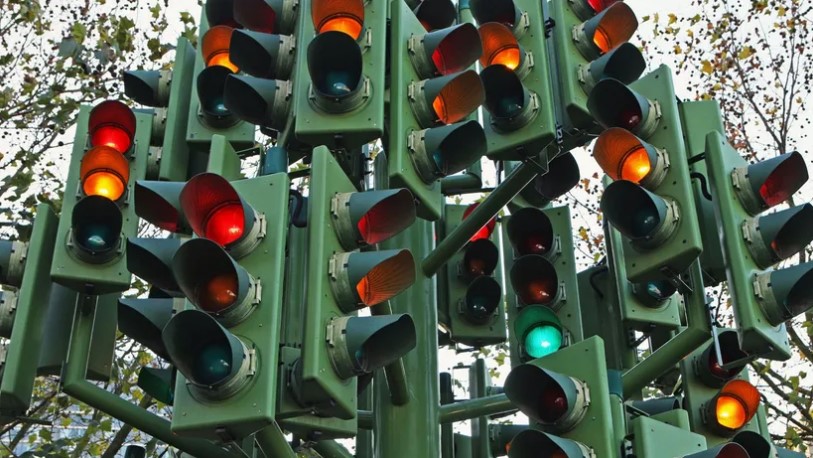Published by REALTOR.com | September 25, 2023
Many factors are at work keeping both prices and mortgage rates high—and homebuyers frustrated.
Lately, the housing market just seems to defy logic. Mortgage rates refuse to come back down, contrary to the predictions of experts. Home prices continue to rise despite those high rates. And all of those forecasts of more homes coming on the market? In more than three years, it simply hasn’t happened.
What is going on in this contradiction-riddled housing market?
Common sense would suggest that those high home prices and mortgage rates would have cooled off by now. What goes up must come down, right? But many other factors are at work keeping both prices and mortgage rates high—and homebuyers frustrated.
Realtor.com® broke down some of the biggest head-scratchers today to figure out why the housing market is behaving in ways that are boggling the minds of just about everyone following it.
“The best illustration of how unexpected this housing market is in 2023 is to look at the forecasts of what people thought would happen and what actually happened,” says Realtor.com Chief Economist Danielle Hale. “There’s not quite as much momentum in the housing market as we’d thought.”
In the meantime, real estate experts will continue to make predictions—until the market does the next unexpected thing and those predictions are scrapped and revised yet again.
Why haven’t home prices fallen?
After the steep run-up in home prices over the past few years, many buyers have been waiting for them to come back down. Plenty of prominent real estate professionals predicted that high mortgage rates would force prices to dip. There’s a limit to how much buyers can afford, after all.
Except that’s not what happened.
Sure, median list prices tumbled a bit in some of the markets where they had risen the most during the COVID-19 pandemic. (Austin, TX, and Miami, we’re looking at you.) But nationally, prices flattened out, dipping just slightly then going right back up again.
They’re now surging in some of the traditionally more affordable parts of the country, including the Rust Belt and Midwest. The phenomenon is due to buyers priced out of more expensive areas now chasing affordability wherever they can still find it. This is, ironically, driving prices up in these areas.
While high prices and rates are formidable hurdles to homeownership, there are still buyers out there who can make the math work. Amid a severe housing shortage, buyers are forced to compete for a limited number of properties, driving prices up further in bidding wars.
“A lot of buyers are surprised that prices have held on as long as they have,” says Hale. “Demand and supply are relatively balanced, so that has kept prices roughly stable at very high levels.”
Historically, high prices and high rates aren’t as odd of a combination as they may seem. Increases in mortgage rates have been associated with small price increases in the past, says Laurie Goodman, a fellow at the Urban Institute, a think tank.
Typically, when rates are high, the economy is doing so well that the U.S. Federal Reserve is raising rates to get inflation under control. When the economy is robust, more folks are in a position where they are likely to want to buy homes. That extra competition can nudge prices up.


